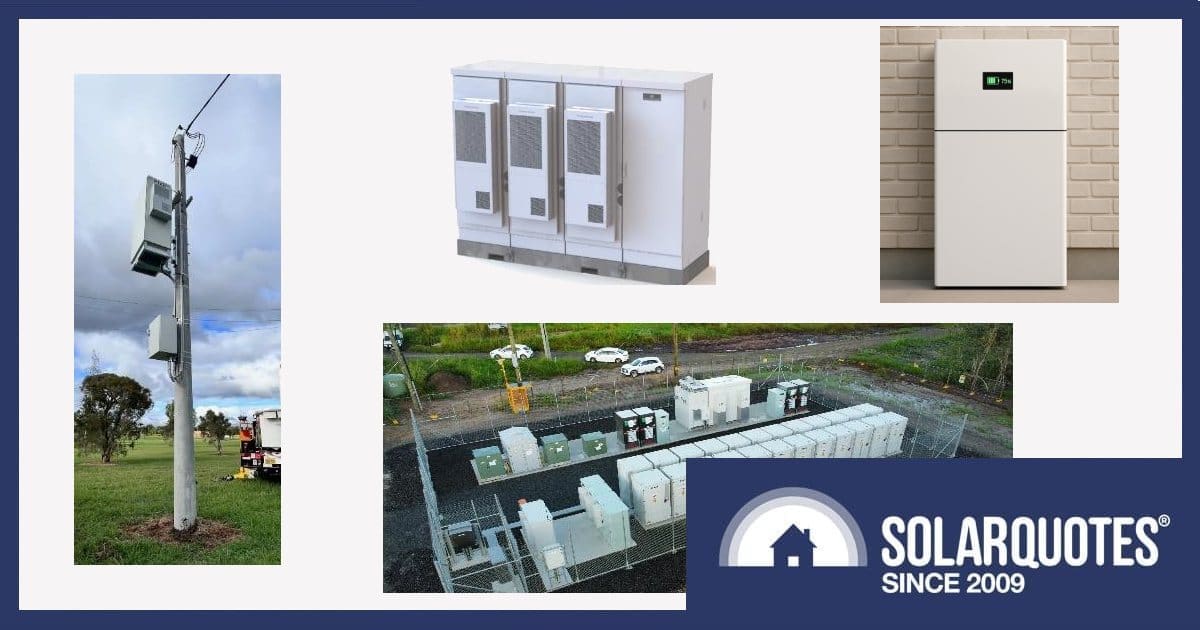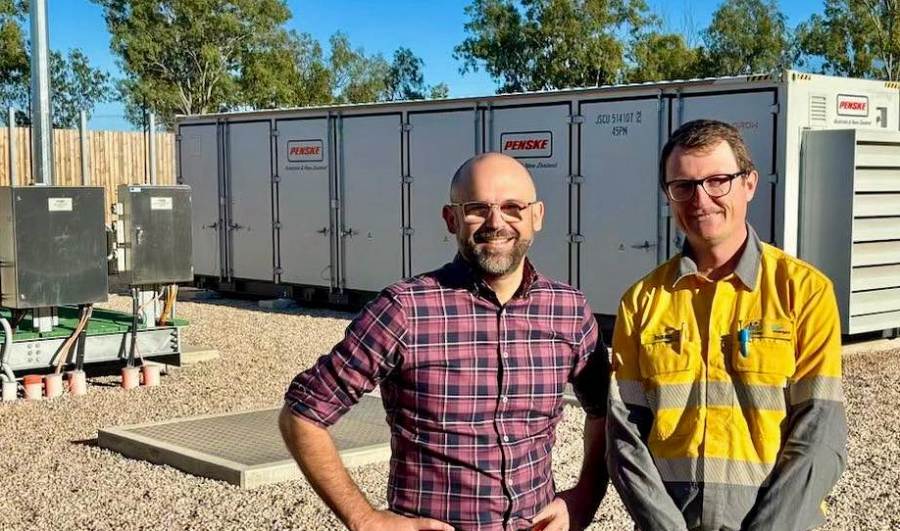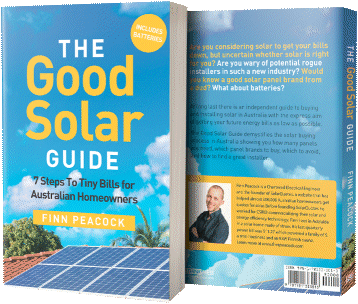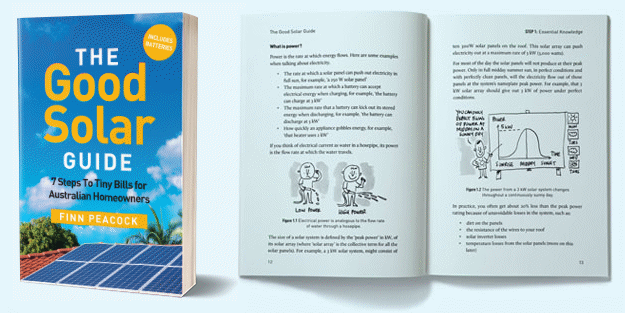
Construction of another network battery for Energy Queensland has been completed. But what’s really impressive is the energy storage contribution very recently made by home battery installations in the state.
Energy Queensland1 has been rolling out 4MW/8MWh batteries in various communities that are connected to the high voltage local electricity network — the latest being in Emerald in the state’s Central Highlands region.
The systems slurp up excess solar electricity generated locally during the day from rooftop solar and the stored energy is released back into the network for use during the evening peak when demand is high.
The Emerald system was supplied by Penske Australia. According to the company, Penske distributes mtu’s EnergyPack rack and containerised energy storage systems, manufactured in a range of capacities. The ‘plug and play’ mtu solutions also have fast response capability for power quality, black starts, frequency response and backup applications.
This latest project will capture some of the ~24MW of generation capacity from approximately 2,790 customers who have installed solar panels in Emerald.
“The batteries will be used for network support and the excess capacity will be shared with a retailer to trade on the National Electricity Market, maximising the benefits of the battery for reducing network and wholesale costs,” stated the Queensland Government.
Eighteen batteries are already operational around the state and another 12 are under construction; on track to be completed this financial year. A full list of projects and their locations can be viewed here.
“This battery in Emerald is playing a key role in supporting Ergon Energy’s networks to gain the maximum advantage from Queensland’s abundant rooftop solar systems,” said Queensland Treasurer and Minister for Energy David Janetzki (pictured above, left). “Each battery enables renewable energy to be stored locally and can support up to 500 homes in the evening peak load period, making better use of locally generated solar power when the sun goes down.”
The Local Network Battery Plan
Under the Local Network Battery Plan, Energy Queensland anticipates having 50 connected by 2029, along with a bunch of neighbourhood and community batteries on the low voltage network.
The first 4MW/8MWh system was constructed in 2020, which was a Tesla Powerpack project in the Bohle Plains area. A fire broke out during commissioning in 2021, but the blaze was reportedly quickly contained and the facility was able to continue operations.
The Stunning Rise Of Home Batteries In Queensland
Energy Queensland’s network, neighbourhood and community energy storage systems, along with other utility-scale projects throughout the state, are being joined by the very rapidly increasing number of privately-owned home batteries in Queensland (and across Australia for that matter) as a result of the Albanese Government’s Cheaper Home Batteries program.
According to figures from Australia’s Clean Energy Regulator (CER), 4,159 home batteries were installed in Queensland in July 20252. The Regulator reported average home battery capacity installed last month in Queensland was 19.8 kilowatt-hours. That works out to 82.35 megawatt-hours of capacity in total — equivalent to more than 10 of Energy Queensland’s network batteries.
It’s an impressive effort from Queensland solar owners so early on the program. But wait, there’s more.
The CER’s reporting prior to the July figures indicates 22,473 small-scale battery systems (collective capacity information not available.) were installed between 2014 and June 30, 2025. However, this wouldn’t be all of them as data for batteries installed concurrently with a grid-connected solar PV system was provided to the Regulator on a voluntary basis before 1 July 2025.


 RSS - Posts
RSS - Posts



Speak Your Mind